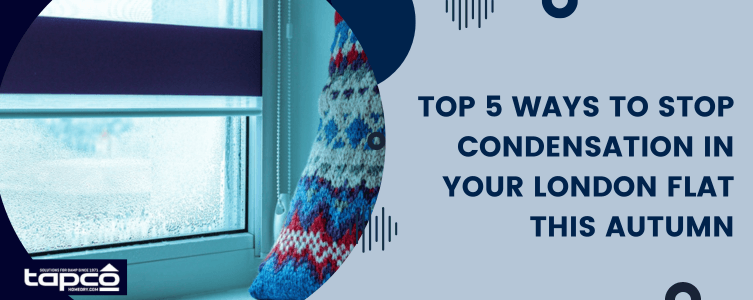
Key Takeaways: Condensation in flats is common but manageable. With the right ventilation, moisture control and lifestyle changes, you can keep air dry, surfaces clear and mould at bay.
- Condensation happens when warm, moist air meets cooler surfaces – typical in flats with poor ventilation.
- Drying clothes indoors or high occupancy raise humidity levels – mechanical extraction or dehumidifiers help.
- Ensure trickle vents or extractors are working and unblocked to allow moisture to leave the building.
- Keep surfaces warm or insulated so moisture is less likely to settle and form visible condensation.
- If ventilation and habit changes don’t solve it, there may be underlying damp or structural causes needing professional review.
As the weather gets colder, you might notice key changes in your home. A rise in condensation levels is often noticed around autumn, as this is when outside temperatures start to fall, and you might be less keen to keep your windows open to help with ventilation.
Left untreated, condensation can provide the perfect conditions for mould and mildew to thrive. This is not only unpleasant to look at, it can also be a health risk for those with underlying conditions like asthma or eczema.
To help tackle the issue of condensation in your London flat this autumn, we’re sharing some of our favourite condensation hacks to help keep your home warm, dry and pleasant all year round.
| Topic | Key Point |
|---|---|
| Cause in a Flat | Warm indoor air + cool surfaces + inadequate ventilation equals condensation buildup. |
| Ventilation Strategy | Ensure extraction fans, trickle vents and natural airflow remove moisture effectively. |
| Drying Habits | Avoid drying clothes indoors without ventilation; use tumble dryers vented externally or dehumidifiers. |
| Surface Temperature | Cold walls and windows create condensation; insulation or heating the surface helps reduce it. |
| When to Seek Help | If simple measures fail and mould or damp patches persist, consider a specialist survey to check for structural issues. |
Improve ventilation
Condensation occurs when moisture from the air becomes trapped in your home and then settles on the coldest surface. This could be your windows or exterior walls. To help prevent this, you need to make sure your home can breathe.
Good ventilation will help to tackle condensation by ensuring that moist air can leave your home. You can start by checking the vents on your windows and making sure these are open. You should also clean extractor fans to make sure they can work correctly.
Finally, consider shock ventilating your home by simply opening the windows wide for a few minutes. This will allow the moist air to leave, and will actually keep your home warmer, since moisture in the air will keep the temperature down.
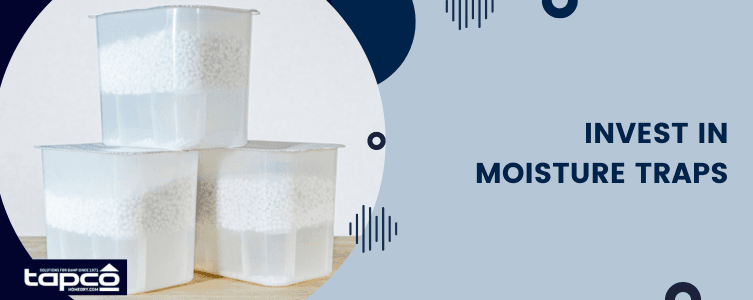
Invest in moisture traps
Moisture traps can be placed in problem areas to help absorb excess moisture and prevent this from becoming an issue in your home. You could place these in your wardrobe, under your bed, or in any rooms that don’t have windows.
Check and change them regularly – you’ll be surprised to see just how much moisture they can capture.
Change your laundry routine
You might not be able to dry your clothes outside anymore, so you should either use a tumbler drier with appropriate venting, or you could invest in a heated clothes airer. A dehumidifier is also a useful tool to have if you need to dry your clothes indoors.
Moisture from your clothes will make your home even more moist and this could contribute to your condensation problem. It’s also more difficult to dry clothes in your home when the humidity is really high, so your clothes could become musty if you don’t take action.
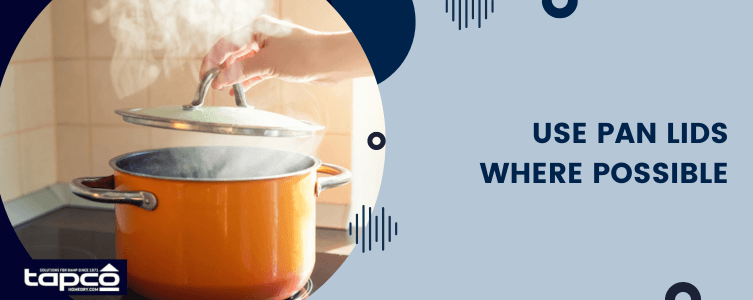
Use pan lids where possible
Simply adding a lid to your pan when cooking things like pasta or rice will help to prevent that cloud of moisture from spreading through your home. Pan lids will also allow you to cook on a lower heat, which could help to drive down your energy bills.
You should also make sure you’re using an extractor fan in the kitchen, or keep a window open while you cook. This can also help to prevent cooking smells from building up in your London flat.
Turn the central heating on
You might be trying to hold off for as long as possible, but switching on the central heating periodically can help to prevent moisture from settling in your home. When surfaces become very cold, they become a magnet for moisture in the air. By keeping your home at a comfortable temperature, you can prevent moisture from settling. This works in combination with ventilation or extraction methods to help drive down humidity and keep your home free from condensation.
Control Indoor Moisture Sources
Cover pots when cooking, use extractor fans when showering, and avoid drying clothes in living spaces without ventilation – reducing humidity prevents condensation.
Keep Surfaces Above Dew-Point
Cold walls and windows trigger condensation. Either insulate surfaces or maintain a stable ambient temperature to keep them above the dew point.
What if these methods don’t work?
If you’re fighting an uphill battle against condensation, it could be that your home lacks the correct damp proofing or insulation. When these methods fail, your home will become damp, and no amount of ventilation will help to prevent it.
If you are renting, you’ll need to raise this issue with your landlord, and remind them that this could quickly become a structural issue if they don’t act soon. If you own your own home, you’ll need to tackle the issue yourself. A damp survey can help to get to the bottom of the problem while also offering recommendations to help manage moisture levels in your home.
You don’t have to deal with this issue alone, trust Tapco HomeDry’s condensation experts in London to provide fast and effective solutions.
Highlights
- Moisture from everyday living in flats
- Importance of ventilation and extract systems
- Drying clothes and high occupancy raise risk
- Cold surfaces attract condensation
- Insulation and surface temperature matter
- Professional check if basic measures fail
FAQs


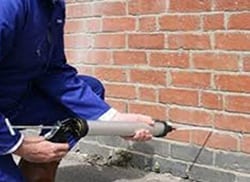 Damp Proofing
Damp Proofing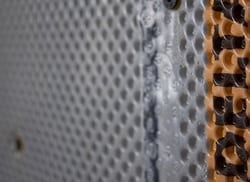 Basement Damp Proofing
Basement Damp Proofing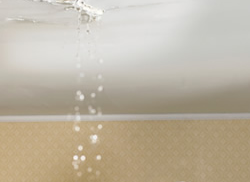 Water Damage
Water Damage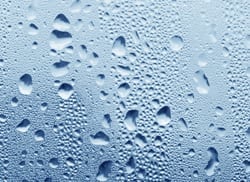 Condensation Control
Condensation Control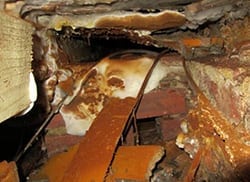 Dry Rot Treatment
Dry Rot Treatment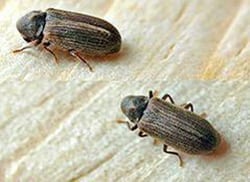 WOODWORM & WET ROT
WOODWORM & WET ROT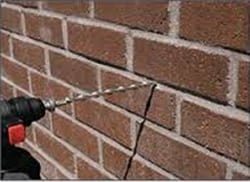 CAVITY Wall Ties
CAVITY Wall Ties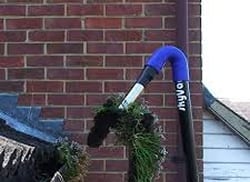 Property Maintenance
Property Maintenance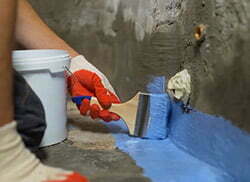 Waterproofing And Tanking
Waterproofing And Tanking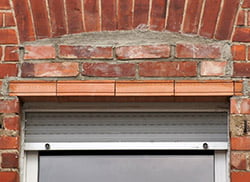 Structural Repairs
Structural Repairs







